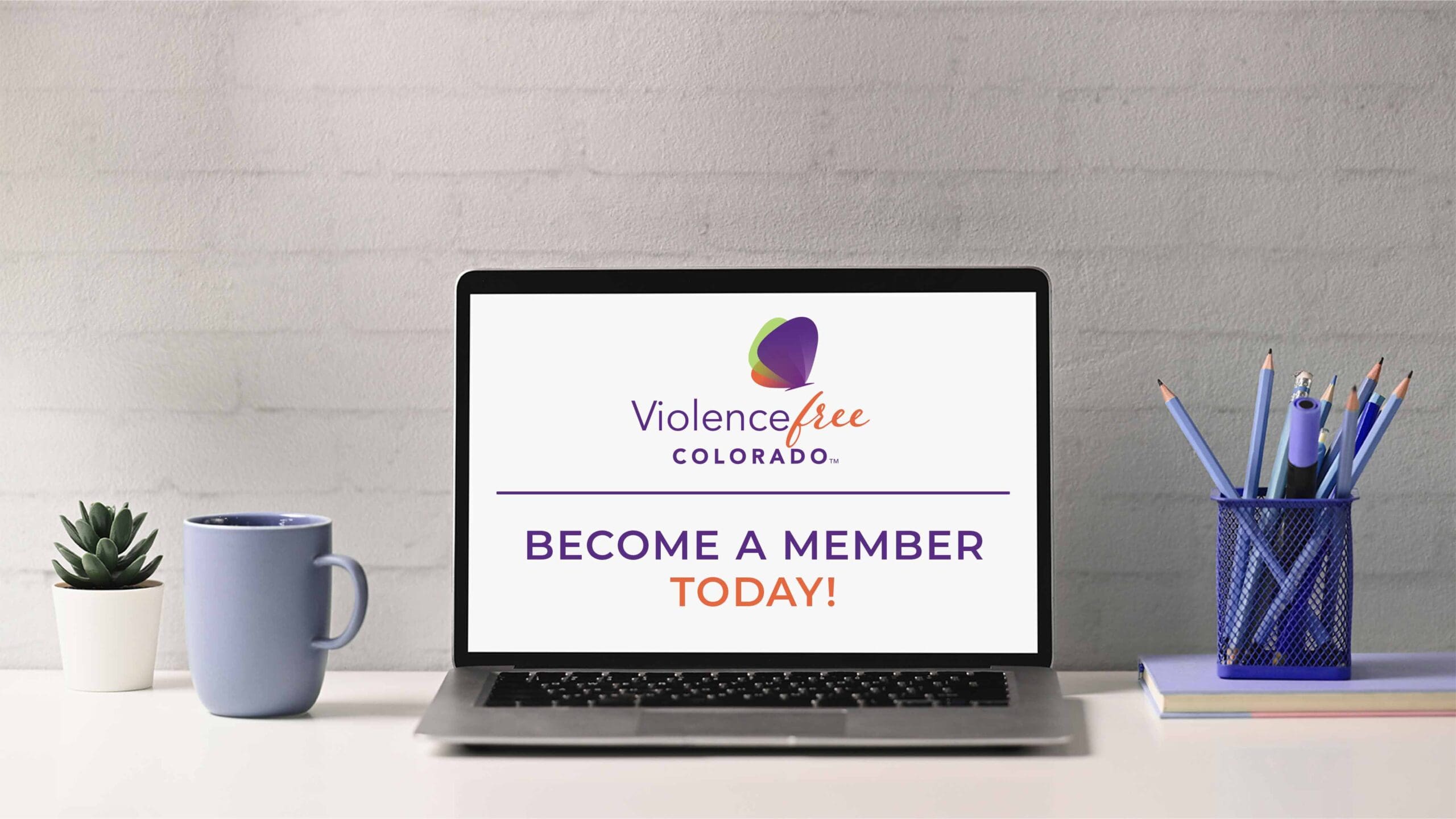Welcome to
Violence Free Colorado
Join us as a member to access comprehensive training, technical support, and valuable resources, while also becoming part of a welcoming and diverse community!
Learn MoreOur team offers expert technical assistance and specialized training to help our members and community partners strengthen their ability to support survivors of domestic violence effectively.
Learn MoreWe advocate for key state and federal policies that impact domestic violence survivors. Our team educates members on the legislative process and facilitates connections between members, survivors, and their legislators to ensure their voices are heard.
Learn MoreAdvancing the well-being of all Coloradans through relationships free from abuse and oppression
Together we can create a culture in Colorado that values and upholds healthy relationships based in equity and respect.
Upcoming Events
Jun
06
ED Summitt
Denver
May
21
Apr
05
Expressions Art Show
Evergreen
Dec
10
Become a Member Today
As a member of Violence Free Colorado, you’ll gain access to extensive training, personalized technical assistance, and valuable resources, while connecting with a network of fellow members. For any membership-related inquiries, simply click the button below to learn more!

Stay Up-to-date with Violence Free Colorado
Support our purpose during Colorado Gives Day! 💜
Support our purpose during Colorado Gives Day! On this Colorado Gives Day, your generosity can help create lasting change for survivors of domestic violence and ensure safer communities throughout Colorado.
Proposition KK Approved by Colorado Voters!
Colorado voters have officially approved Proposition KK, a landmark measure that will provide essential funding for mental health services for veterans, at-risk youth, and crime victims through a modest excise tax on firearm and ammunition sales.
DVAM Walk 2024
A Heartfelt Thank You to all who participated at DVAM Walk We want to extend our deepest gratitude to everyone who participated in the Domestic Violence Awareness Walk on October 1st. Your
Sign up for our newsletter
Stay up-to-date with the latest from Violence Free Colorado, including new resources, partnerships and public policy initiatives.
Contact Us
Oops! We could not locate your form.
Sign up for our newsletter
Stay in touch with what’s happening in Colorado and around the country with email updates.